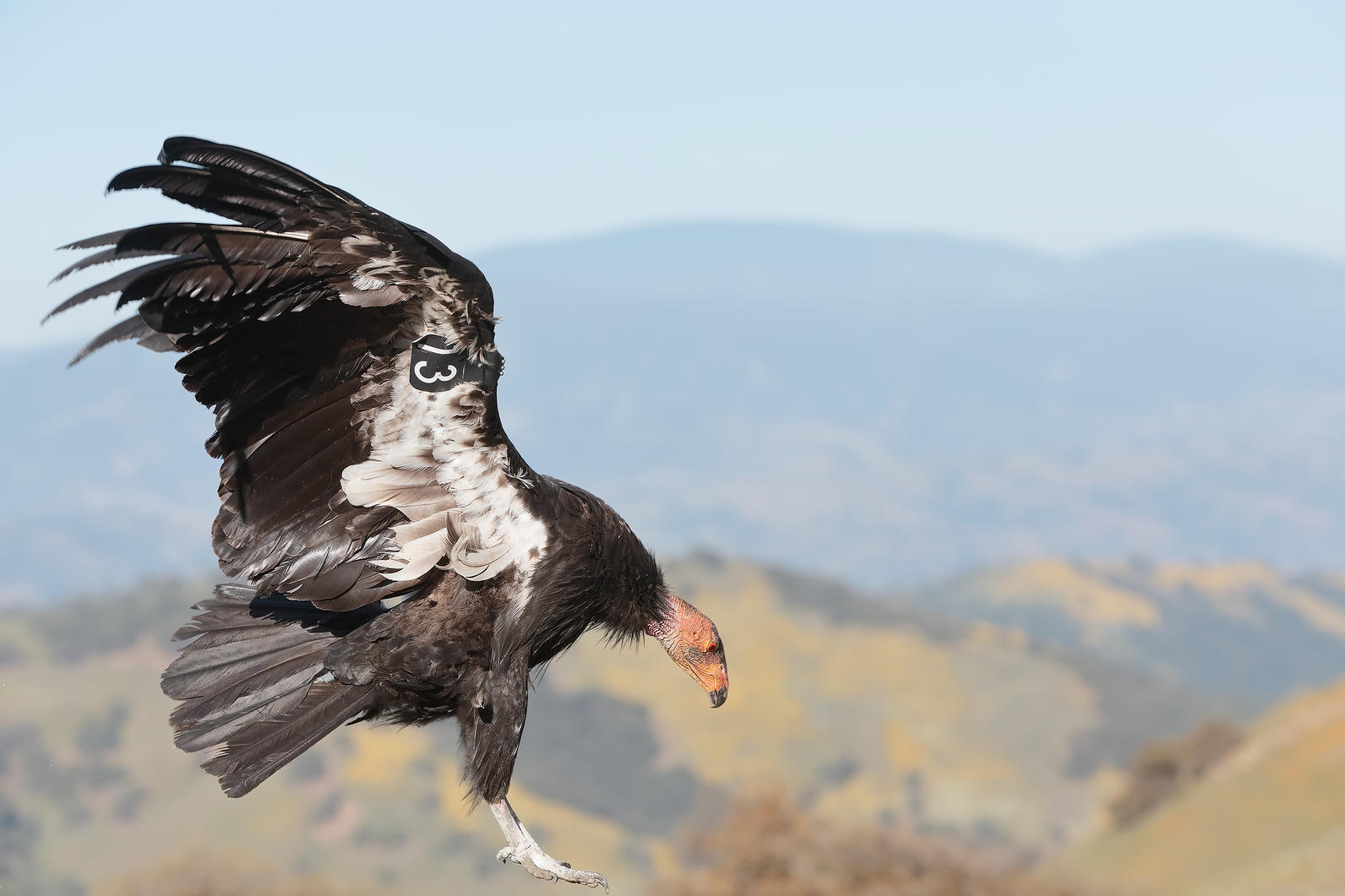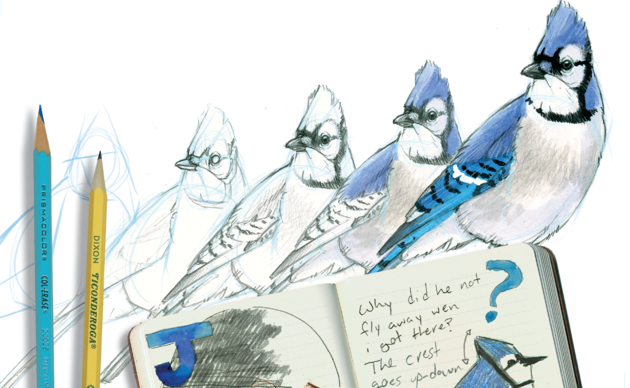California Condor

The California Condor is among the rarest and most imperiled birds in the world. Although it can be found in several southwestern states and in Mexico, it is a distinct part of California’s natural heritage, so much so that it was recently included as one of the state’s most notable icons on the U.S. quarter.
Audubon’s involvement in the preservation of this important species began back in the 1930s and continues with Audubon California’s work today.
Audubon California’s Campaign to Protect the California Condor contains four elements:
1. Bringing the Best Science to Guide Conservation
Audubon California recently partnered with the American Ornithologists’ Union to convene a Blue Ribbon Panel to review the California Condor recovery program’s 25- year history. The panel, led by Dr. Jeff Walters, made specific recommendations to help strengthen the Condor’s recovery program. Audubon underwrote the review and will help publicize and win implementation of the report’s recommendations. Learn more.
2. Advocating to Reduce the Threat of Lead in the Condor’s Environment
The dangers of lead as a toxin for humans are widely known, and that is why lead is banned in everything from paint to toys to gasoline. But lead also poses an insidious threat to wildlife – particularly birds like the California Condor. In 2013, Audubon California joined a broad coalition of organizations that successfully passed legislation requiring the use of nonlead ammunition for hunting in California. This lead ammo ban went into effect in 2019.
3. Working with Private Landowners and Public Land Managers to Protect Condor Country
As California’s population grows, homes are replacing citrus orchards and oak woodlands. Southern and Central California’s remaining rural communities are gradually transforming. This development is beginning to bump up against the rugged mountains that have been the heart of the Condor’s range in California for the past 50 years. There is a very real risk that rural ranchettes, second home developments, and oil exploration in our national forests will further impinge on Condor habitat in the southern Sierra Nevada, Tehachapi Mountains, and Central Coast. In the coming two decades we are likely to see many ranches being considered for development. There is a need to work with ranchers to acquire conservation easements in order to help ensure the long-term protection of key parcels in Condor country. Audubon California is committed to working with private landowners and other conservation partners to help identify and protect Condor country. In 2008, we played a key role in permanently protecting 240,000 acres of spectacular and ecologically significant California wildlands on the Tejon Ranch.
4. Building Public Support for the Condor’s Future
The California Condors’ fate is closely tied to decisions we make as Californians. As our state grows to a population of 50 million in the next 25 years, we will need to decide whether we are willing to ensure a future for the Condor. To this end, Audubon California will work to help ensure that the Condor’s story is told and understood. We will also ask you and others to take action to help protect this magnificent bird.
Audubon California is committed to building a future for the Condor, both through conservation action and by making sure the Condor’s magnificent story is appreciated by future generations of Californians.
How you can help, right now
Get Audubon CA in Your Inbox
Our newsletter is fun way to get our latest stories and important conservation updates from across the state.
Donate to Audubon
Help secure the future for birds at risk from climate change, habitat loss and other threats. Your support will power our science, education, advocacy and on-the-ground conservation efforts.
HOTSPOT: Flyover of California's Birds and Biodiversity
California is a global biodiversity hotspots, with one of the greatest concentrations of living species on Earth.





